Ready or not, here it comes:
- Since this is such an important topic to so many, at least judging from my inbox and timeline over the last five-plus days, we will begin today with a rudimentary lesson on the juxtaposition of sports and Francis Scott Key's greatest hit.
- Written on Sept. 14, 1814, the song originally was untitled, but by later that month its verses began appearing in Baltimore newspapers under the title of "In Defence of Fort M'Henry."
- The first time it ever happened, this marriage of Key's tune and sports, at least as far as recorded history is concerned, was May 15, 1862. And so it was that at Union Base Ball and Cricket Grounds in Brooklyn, New York, during the opening game played there, that "The Star Spangled Banner," as Key's song had come to be known, was performed at a sporting event.
- And that's the actual title of Key's song, "The Star Spangled Banner," because it wasn't until 1931, well before the invention of Twitter, that President Herbert Hoover signed a bill into law that made "The Star Spangled Banner" the "official anthem of the United States." No mention of whether the change from "official anthem of the United States" to "national anthem" was made to better fit into 140 characters for Hoover's convenience, were he to be hit by a pre-dawn itch to talk at the American people.
- But anyway, the song was only played on special occasions, what with the price of a band being big enough to cut significantly into the day's take, and it typically was played during the seventh-inning stretch instead of before the start of the game.
- Then came the 1918 World Series, which was scheduled to be played just as World War I was coming to an end, and in fact the Series was not cancelled only because American soldiers fighting in France were so eager to learn the results of Cubs vs. Red Sox. The national anthem was performed during the seventh inning stretch of Game 1 by Red Sox third baseman and furloughed U.S. Navy sailor Fred Thomas, and the next day The New York Times described the scene this way:
- "The yawn was checked and heads were bared as the ball players turned quickly about and faced the music. Jackie Fred Thomas of the U.S. Navy was at attention, as he stood erect, with his eyes set on the flag fluttering at the top of the lofty pole in right field. First the song was taken up by a few, then others joined, and when the final notes came, a great volume of melody rolled across the field. It was at the very end that the onlookers exploded into thunderous applause and rent the air with a cheer that marked the highest point of the day's enthusiasm."
- Still, the playing of The Star Spangled Banner largely was limited to Major League baseball.
- During World War II, things changed dramatically, but the change was as much a result of the invention of sound systems that allowed the playing of recorded music – and thus eliminating the expense of hiring a full band – as any significant uptick in patriotism. But it was during that era when the playing of the national anthem became standard and moved from the seventh inning stretch to the beginning of the game.
In 2008 the Steelers defeated the Ravens in a regular season game 13-9.
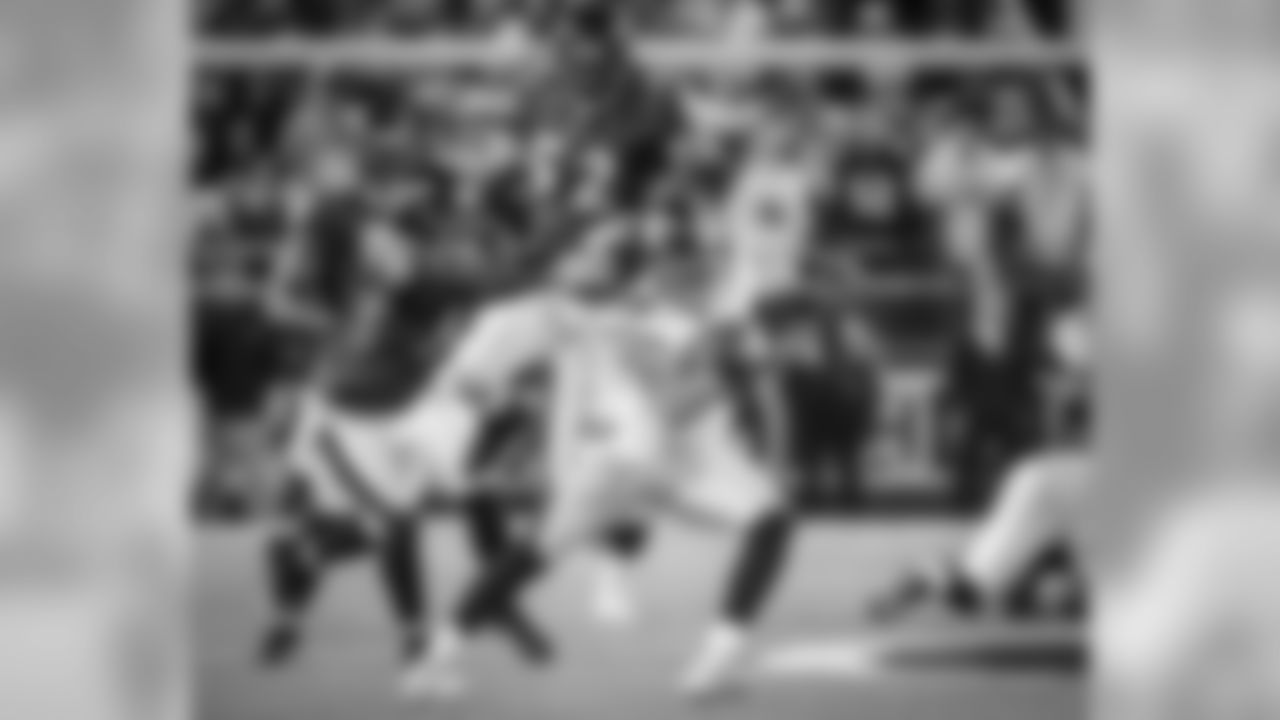
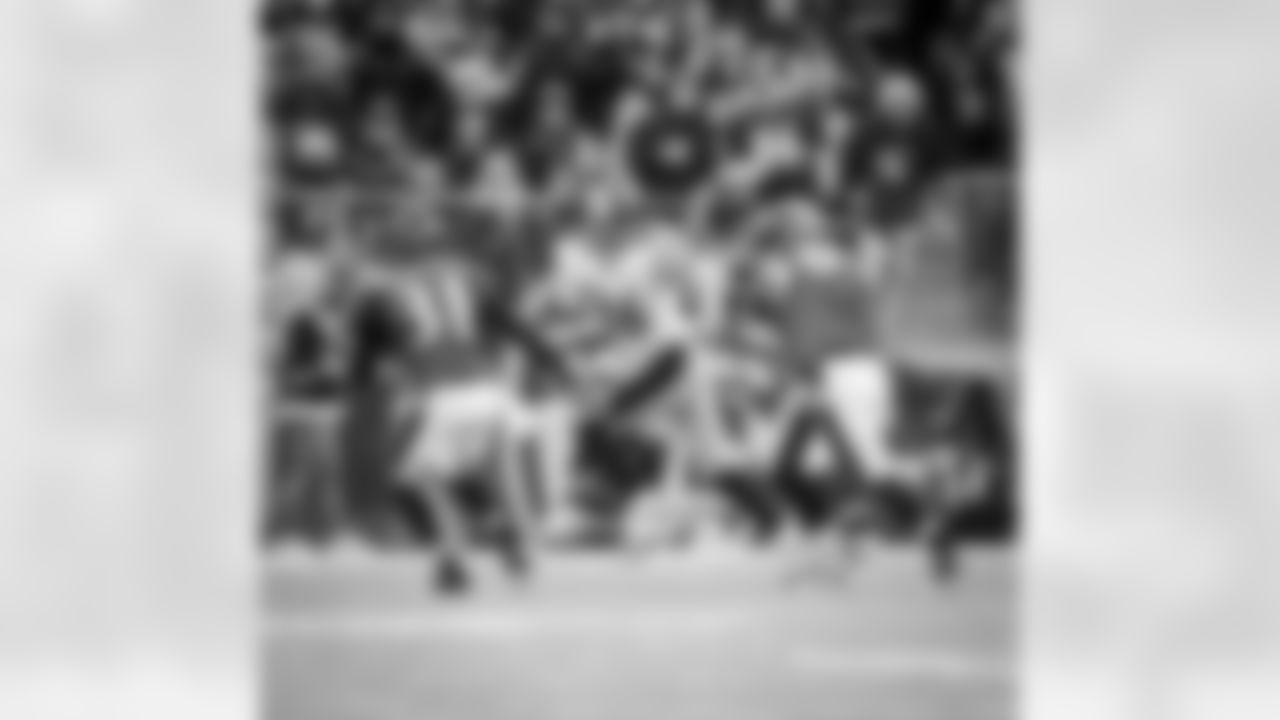
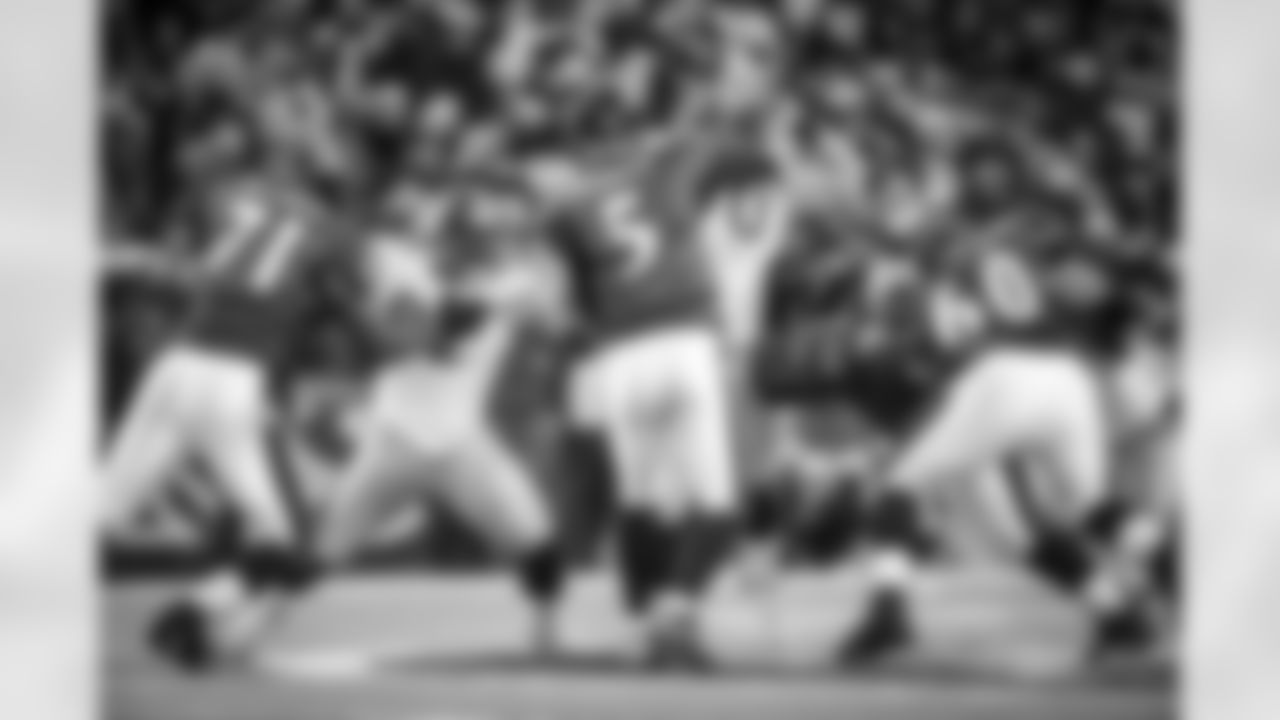
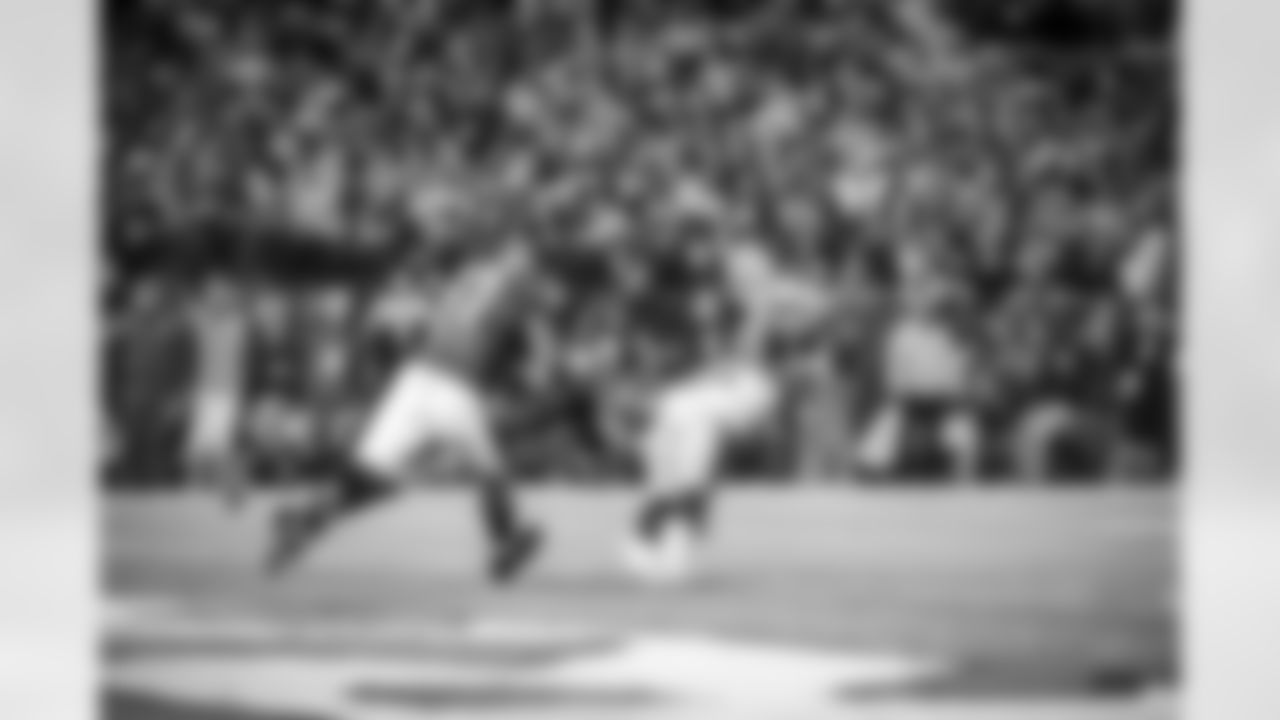
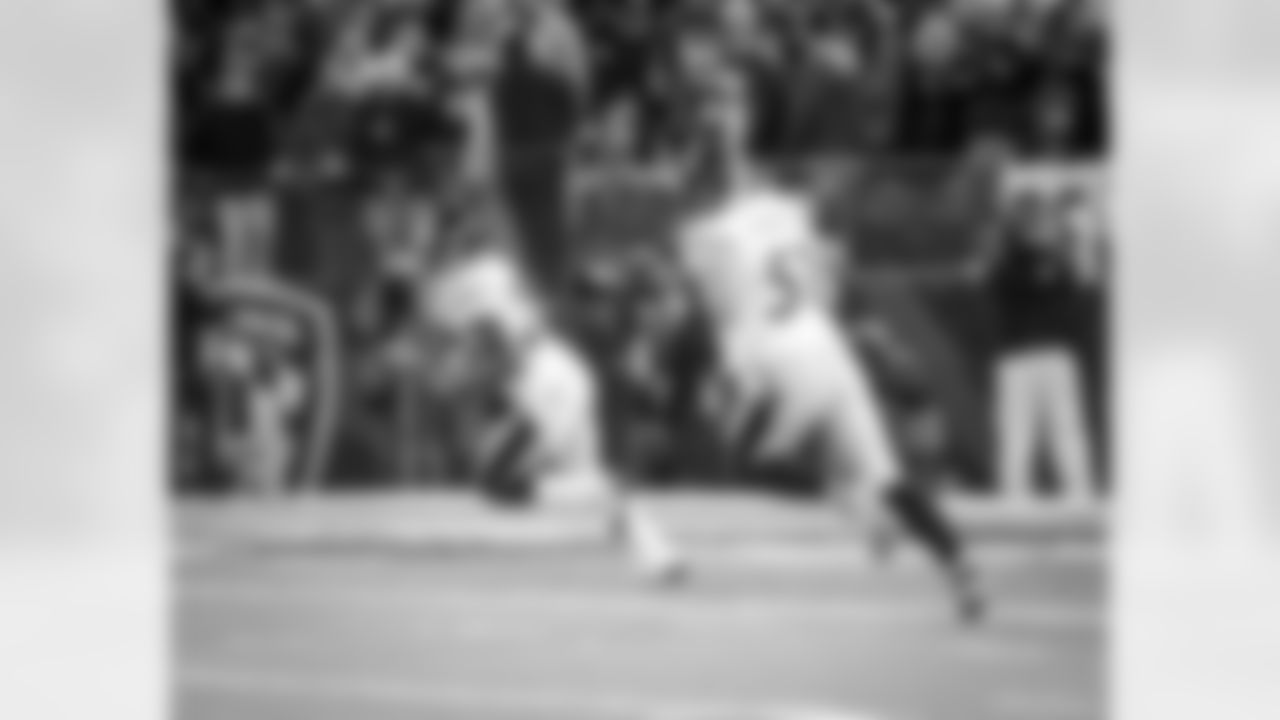
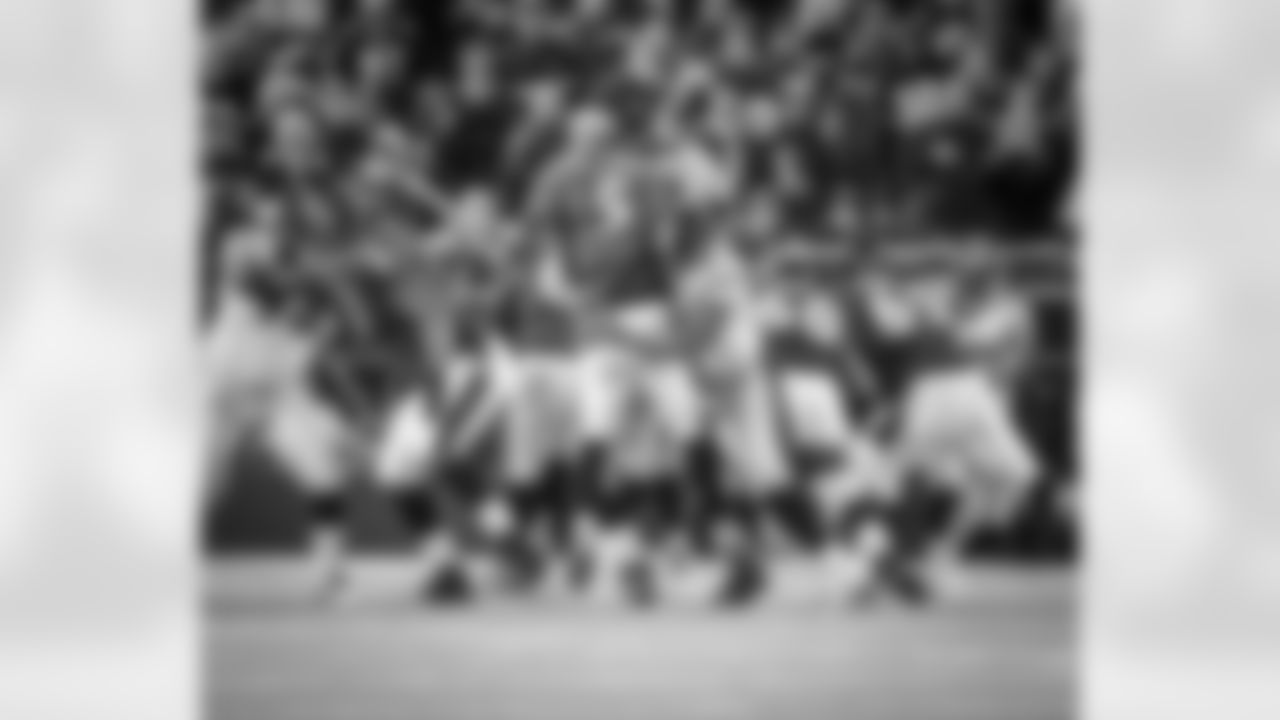
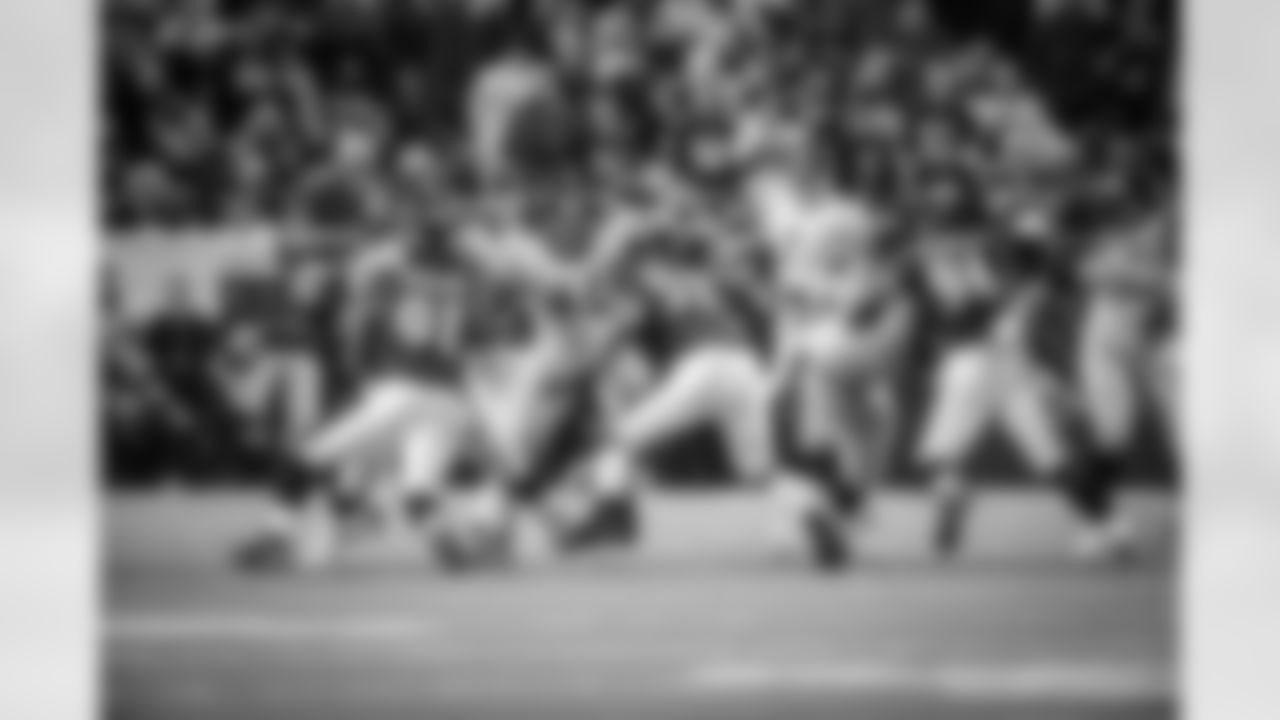
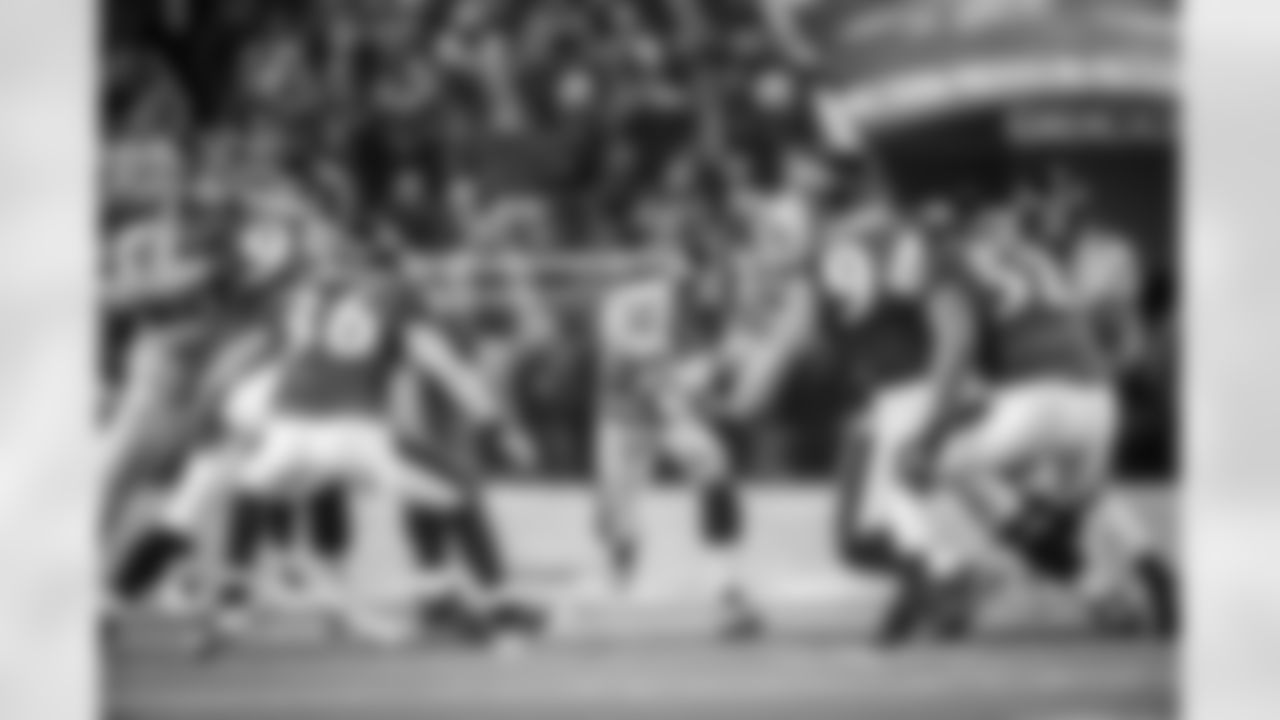
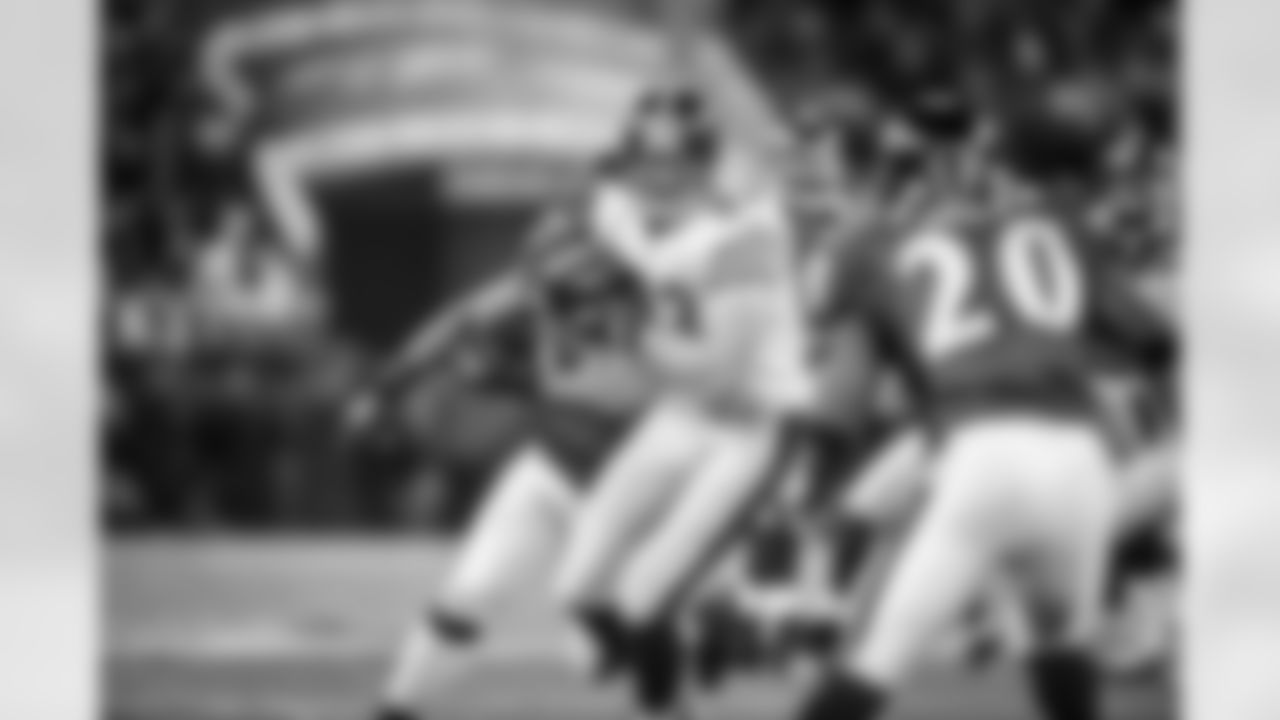
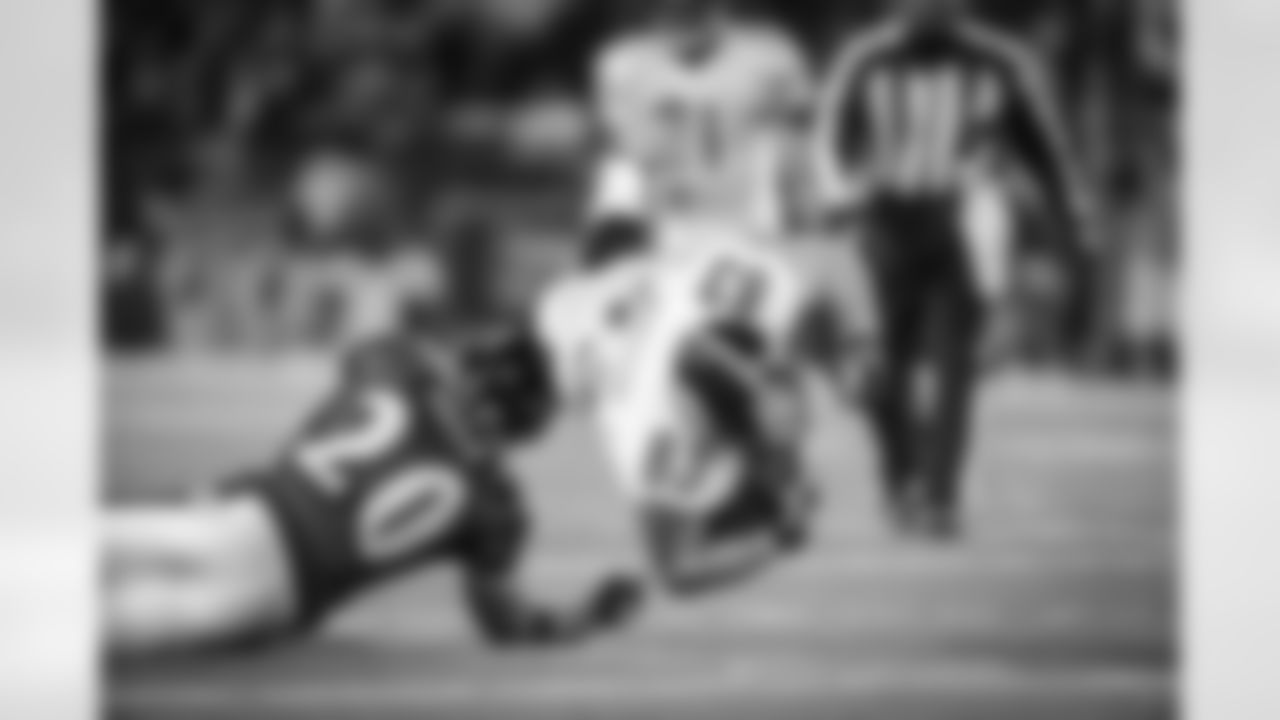
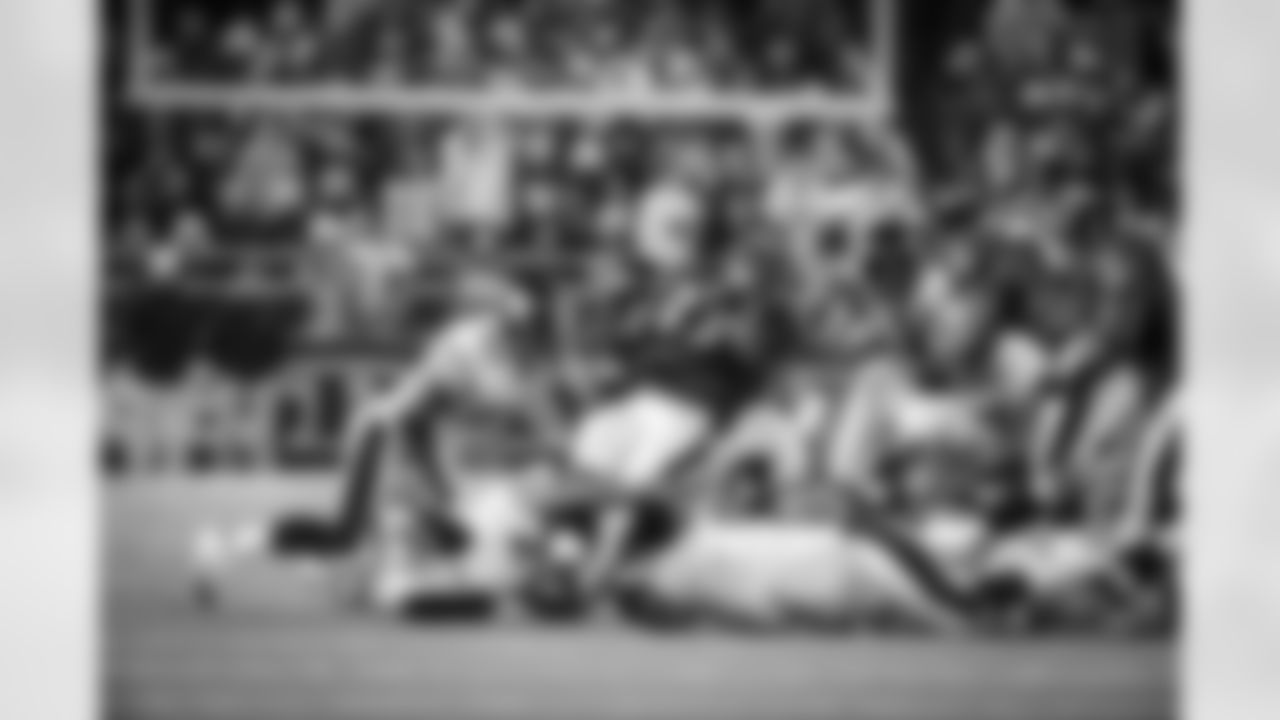
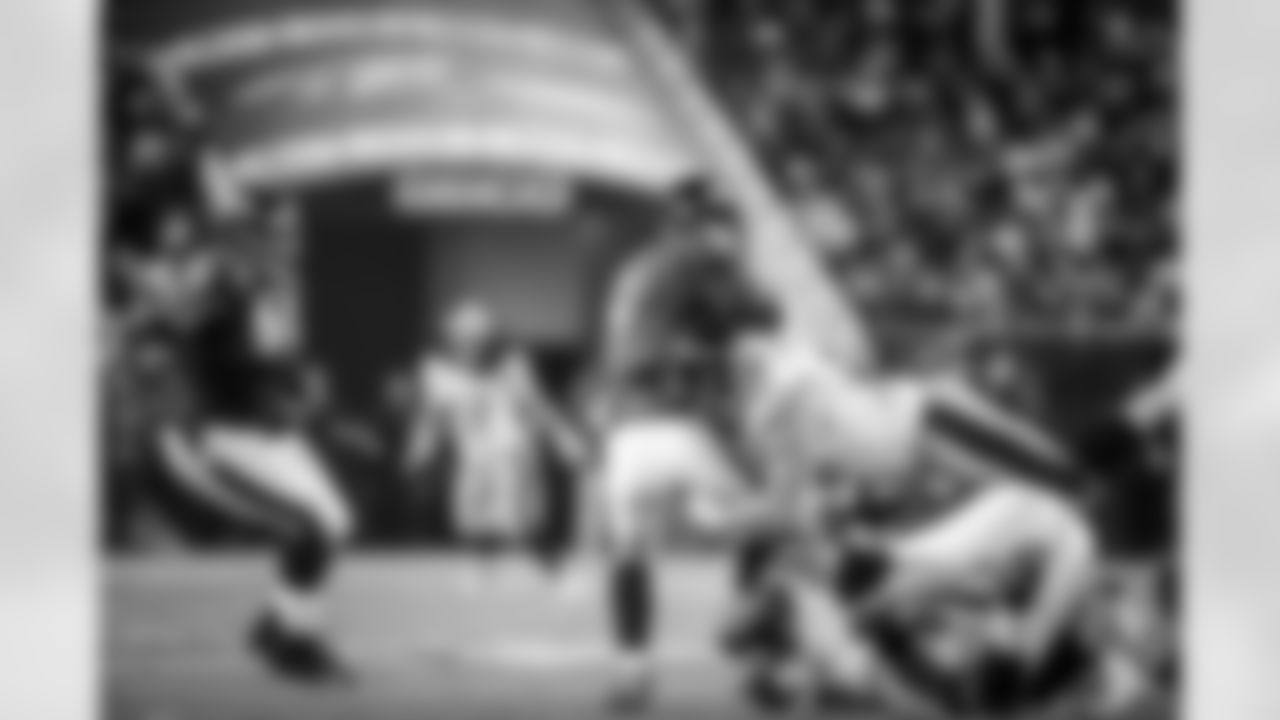
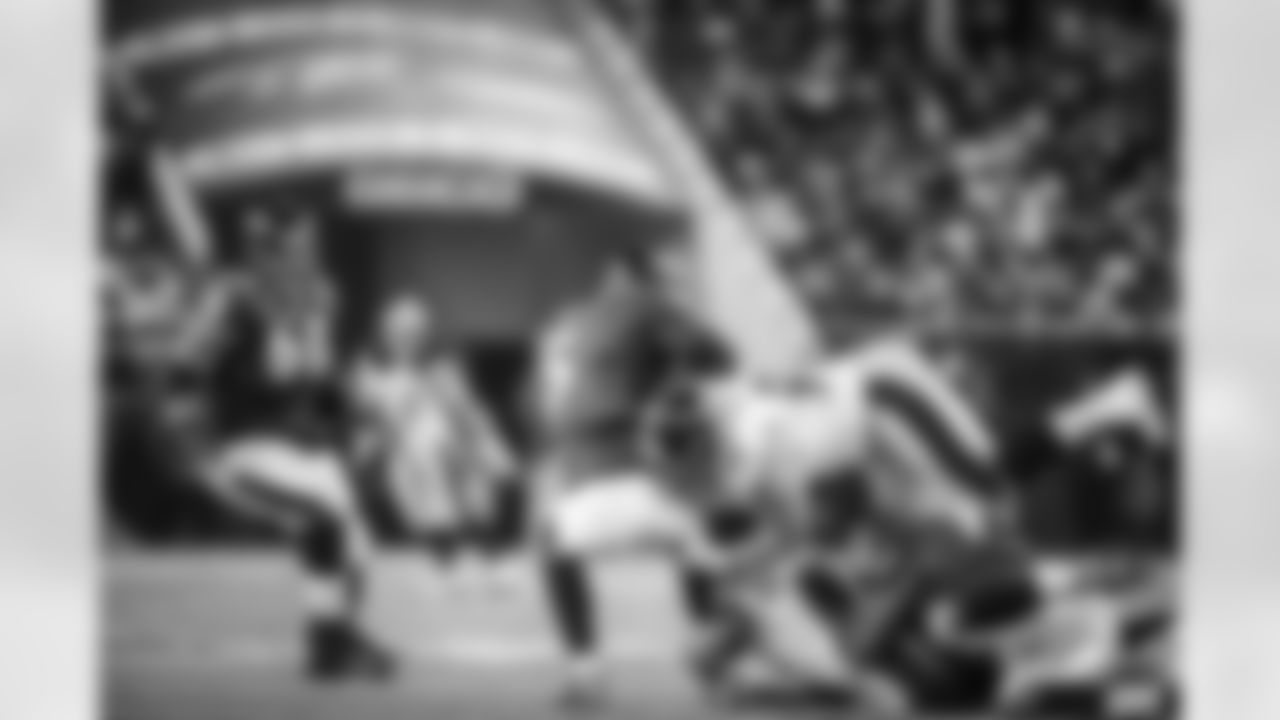
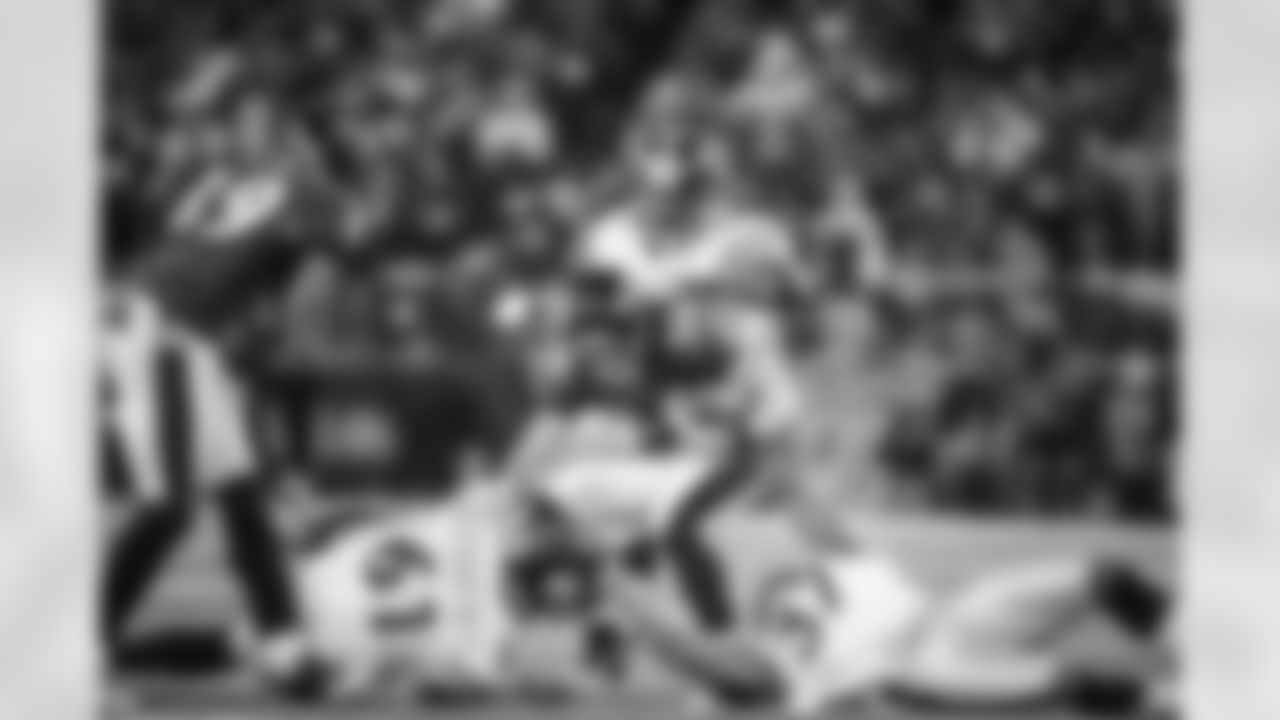
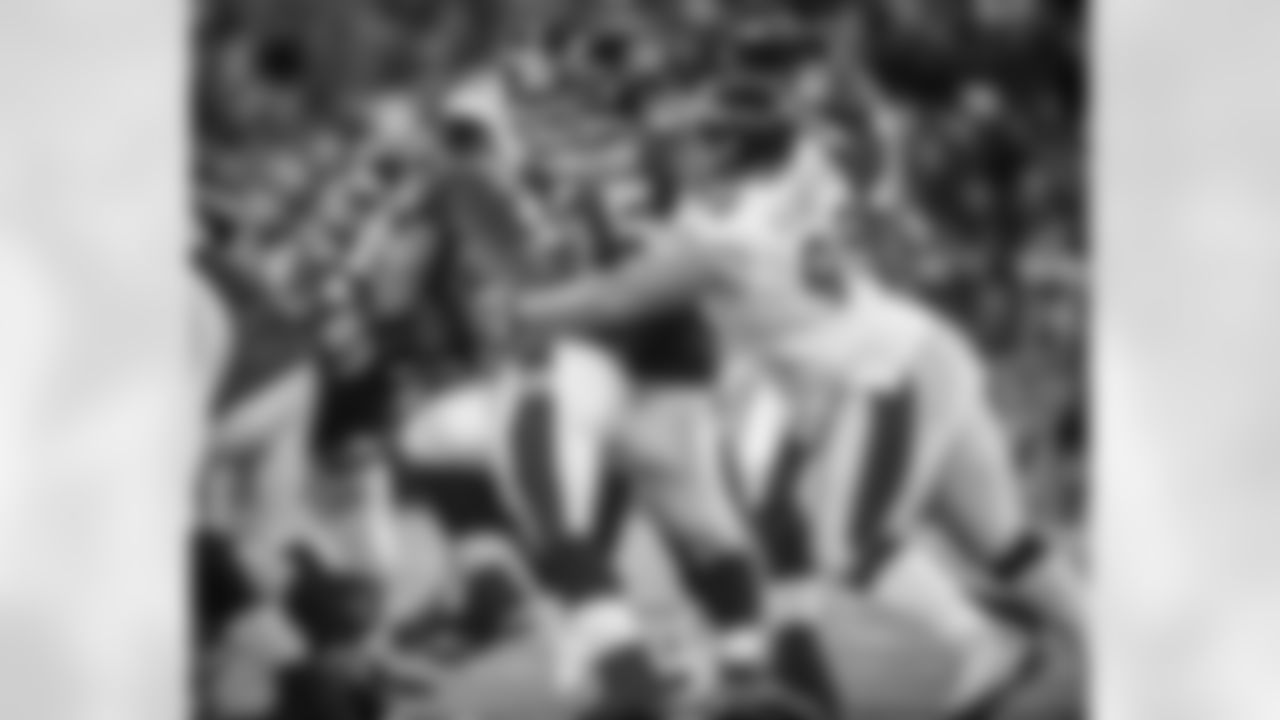
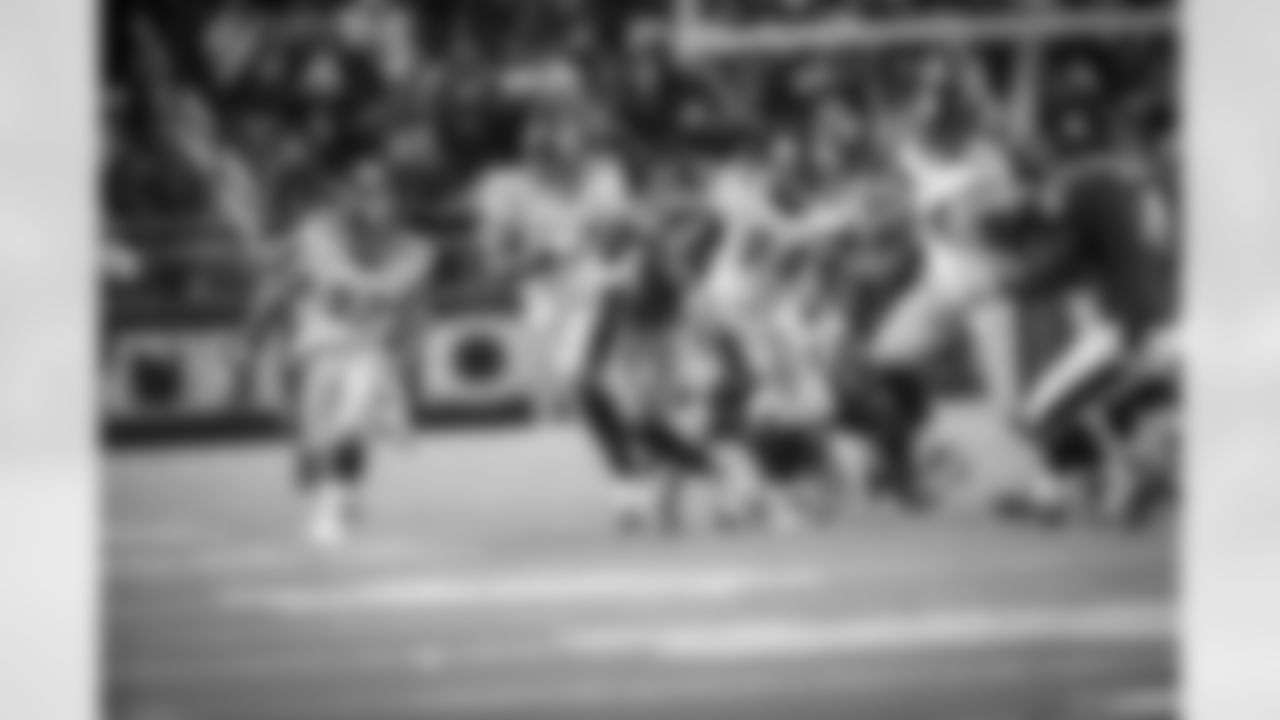
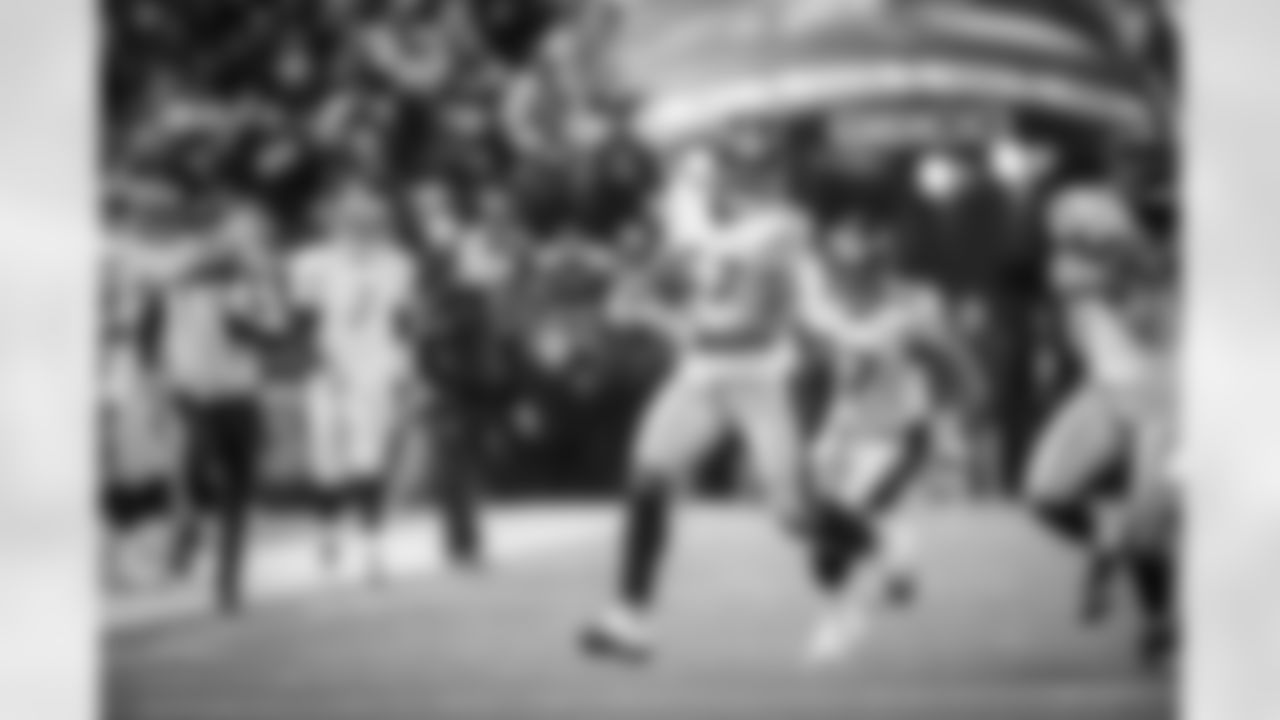
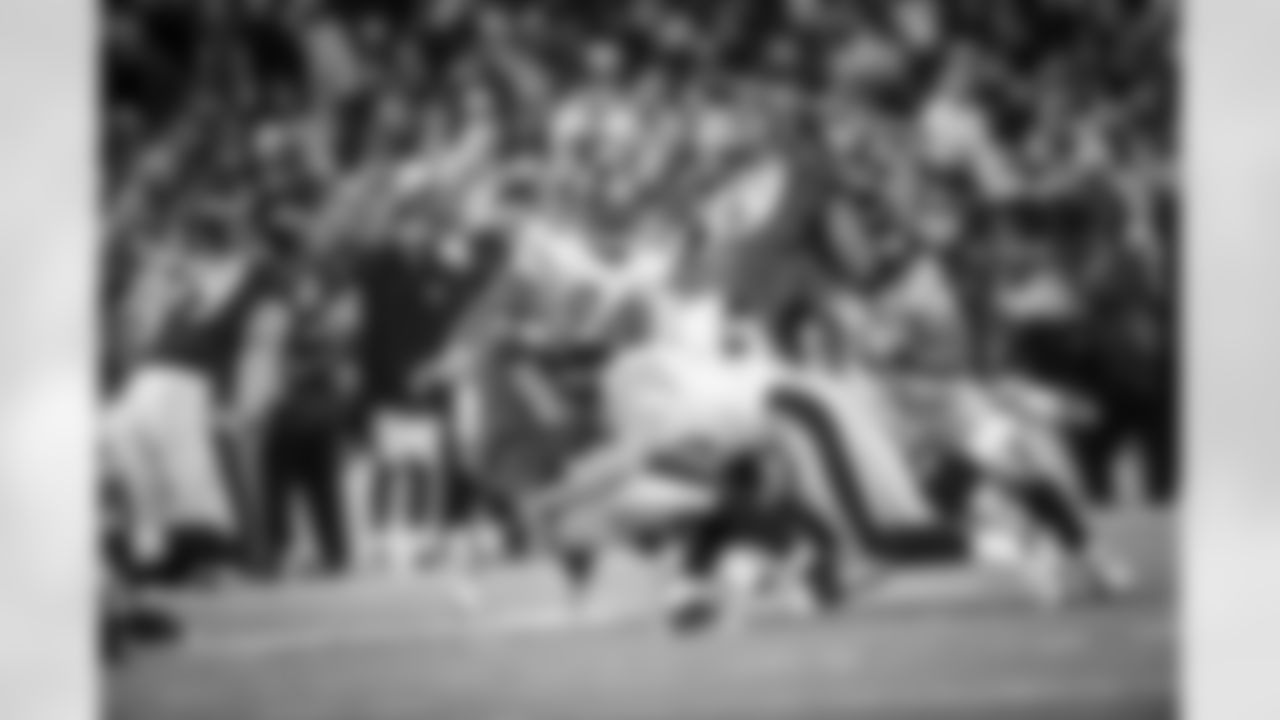
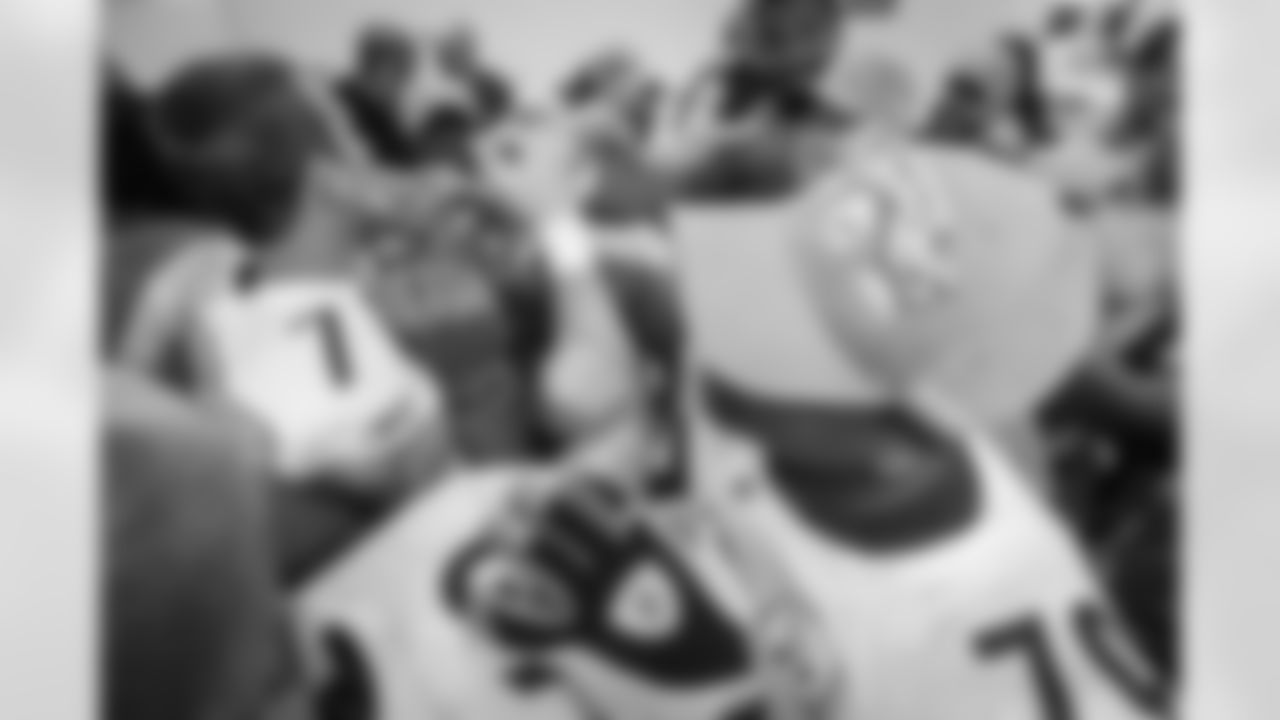
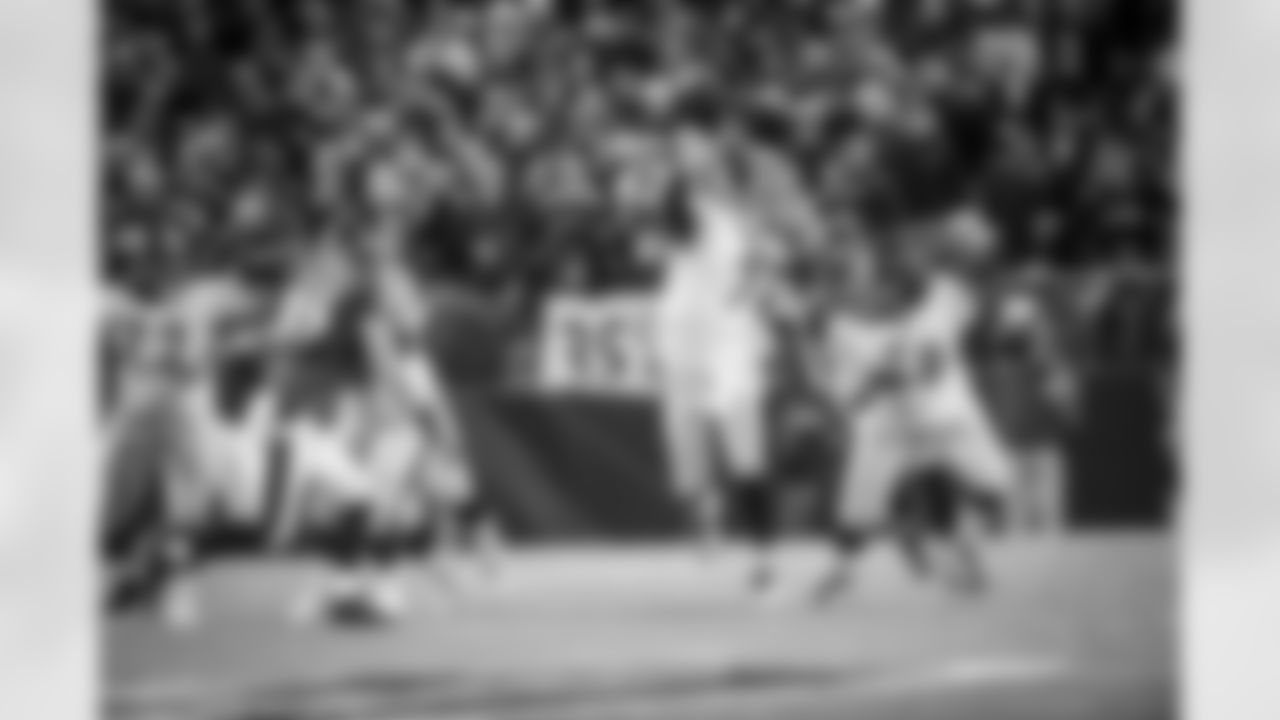
- With so many venues serving both Major League baseball and the NFL, the tradition of playing the anthem before football games became standard practice, too. After Japan announced it would surrender in August 1945 to put an official end to World War II, NFL Commissioner Elmer Layden called for all teams to play The Star Spangled Banner" before all games. "The National Anthem should be as much a part of every game as the kickoff. We must not drop it simply because the war is over," said Layden.
- And so, here we are. Over a span of 155 years, "The Star Spangled Banner" has gone from a song played only on special occasions to one that's heard before the start of any and every competition this side of hide-and-seek at a children's' birthday party. I'll let y'all decide if that's a good thing, or not, and I'm not necessarily interested in what you decide.
- After years of clamoring for the Steelers to find somebody besides Antonio Brown to return punts, the masses have been getting what they have wanted. But I wonder what the masses thought of getting what they wanted as the Bears were recovering Eli Rogers' muff of Chicago's first punt of the game.
- The whole concept of Brown needing to be protected from returning punts never has made a lot of sense to me, because he would seem to be more at risk running routes over the middle (Vontaze Burfict) than settling under a punt that he can fair-catch.
- But guys can get injured on any football play, and Brown never has come across as fragile. And the importance of handling the punt return job cleanly is very important because of what the play means.
- To the team receiving the punt, it's a situation where its defense has just successfully ended an opponent's offensive possession, and then to lose the ball on a muffed/fumbled punt puts the defense right back on the field but only after surrendering a huge chunk of yardage, to say nothing of the psychological blow it inflicts. For the team recovering the fumbled punt, it's a huge emotional swing after a failed offensive possession, and the hunk of yardage gained in terms of field position poses a significant tactical advantage.
- If the Steelers even had someone as good as Brown to return punts, that would be one issue, but they don't. Besides lacking the short-area quickness coupled with the burst to take advantage of creases in the punt team's coverage, Rogers often doesn't look comfortable settling under the kick just to make the catch.
- One play wasn't the sole cause of the Steelers losing to the Bears, but that one play gave the home underdogs a significant boost to their confidence, to say nothing of a first down on the Pittsburgh 29-yard that their offense didn't earn.
- The issue of declining ratings for NFL games has been widely reported, and usually the metric cited has to do with comparing year-to-year based on the same period of each season. But with viewership becoming increasingly fractured with so many channels and options, there's an argument to be made that ratings for everything will be down year-to-year.
- In the most recent issue of TV Guide, in a ranking of the top 25 most watched shows during the period of Sept. 11-17, five of the top 12 shows, and four of the top seven shows were NFL games. If NFL games remain among the most-watched shows on television, the networks will pay for the broadcast rights, regardless of the total number of eyeballs.
- It's completely understandable what the Steelers are doing with William Gay early in the season. With none of their outside linebackers sidelined because of injury, at least not for multiple games, and with Anthony Chickillo leading the team with three sacks, and with outside linebackers accounting for six of the team's 11 sacks, keeping Harrison under wraps is easy to justify.
- But I would be thinking long and hard about letting him play against the Ravens. History says it could be the right thing to do.
- In 23 starts against the Ravens while wearing a Steelers uniform, Harrison has 19 sacks, five passes defensed, one interception, seven forced fumbles, and one fumble recovery. He has six multi-sack games, with the most recent one of those coming just last season, and 136 tackles,
- Mike Tomlin has said one of the reasons behind his thinking in sticking with Chickillo as the overall No. 3 outside linebacker is the idea of going with the hot hand. Well, since 2004, James Harrison has had a hot hand vs. the Ravens.














